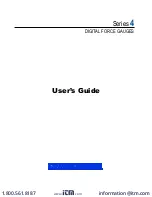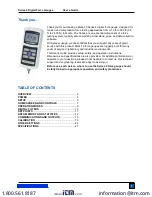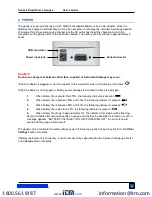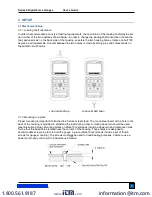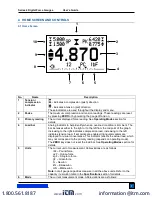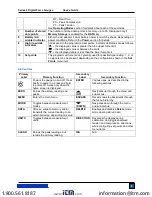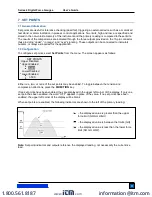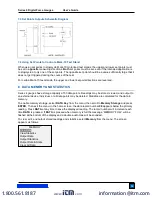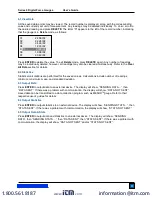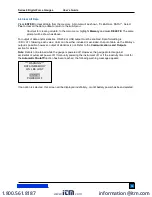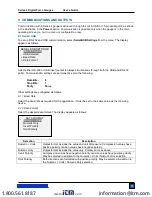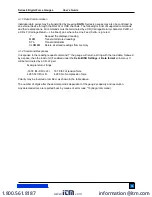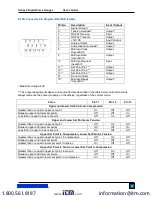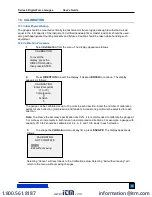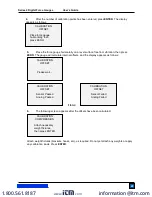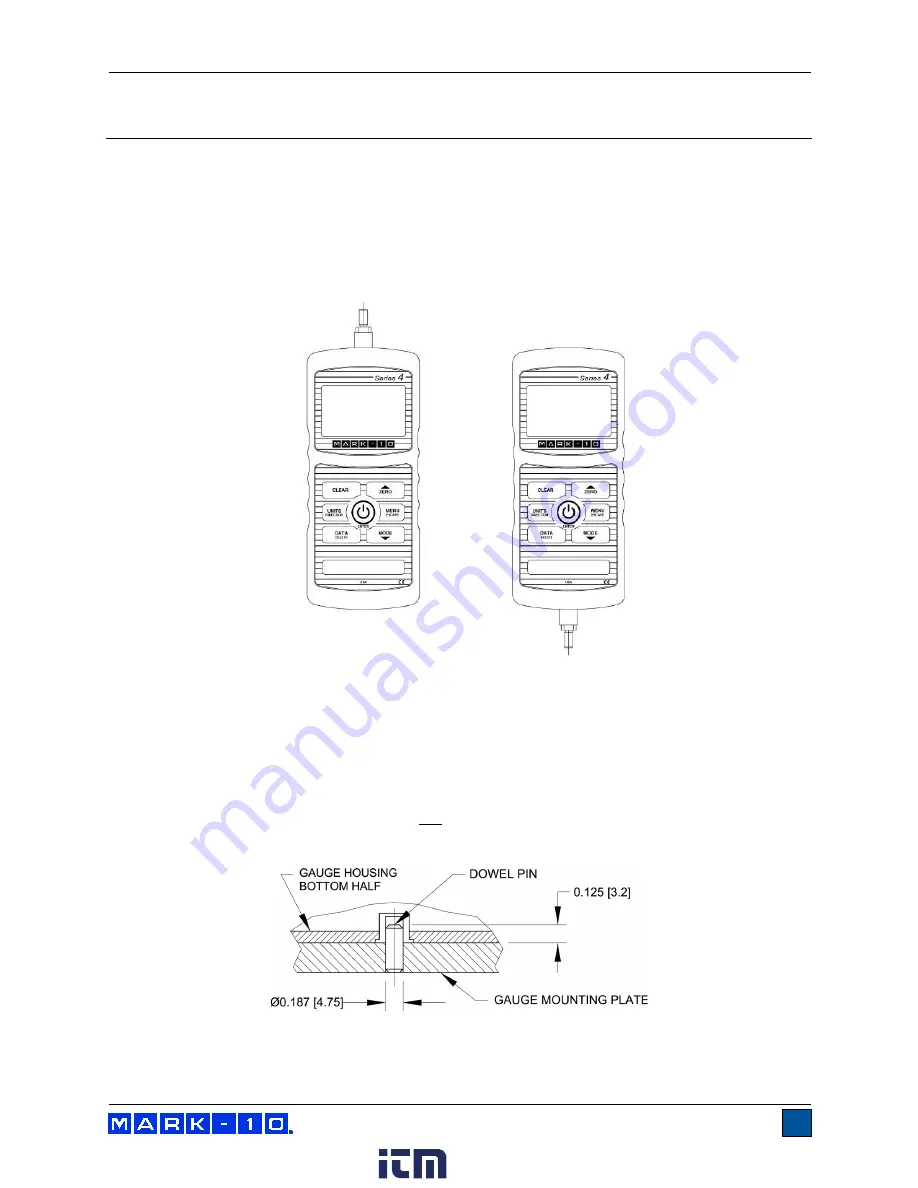
Series 4 Digital Force Gauges
User’s Guide
5
3 SETUP
3.1 Mechanical Setup
3.1.1 Loading shaft orientation
In order to accommodate a variety of testing requirements, the orientation of the loading shaft may be set
up in either of the two positions shown below. In order to change the loading shaft orientation, loosen the
two captive screws on the back side of the housing, separate the two housing halves, rotate one half 180
degrees, and reassemble. Contact between the two halves is made by spring pins and contact pads on
the printed circuit boards.
Load cell shaft up
Load cell shaft down
3.1.2 Mounting to a plate
Proper mounting is important if attached to a fixture or test stand. The round steel insert with a hole in the
back of the housing is provided to withstand the load during a test. A mating dowel pin should be used
(see illustration below). Mounting plates on Mark-10 test stands include a dowel pin and clearance holes
for the four threaded holes located near the corners of the housing. These holes are designed to
accommodate screws in order to hold the gauge in place (Mark-10 test stands include a set of thumb
screws for gauge mounting). The screws must
not
be used for load bearing purposes. Failure to use a
dowel pin properly can result in a hazardous situation.
www.
.com
information@itm.com
1.800.561.8187

